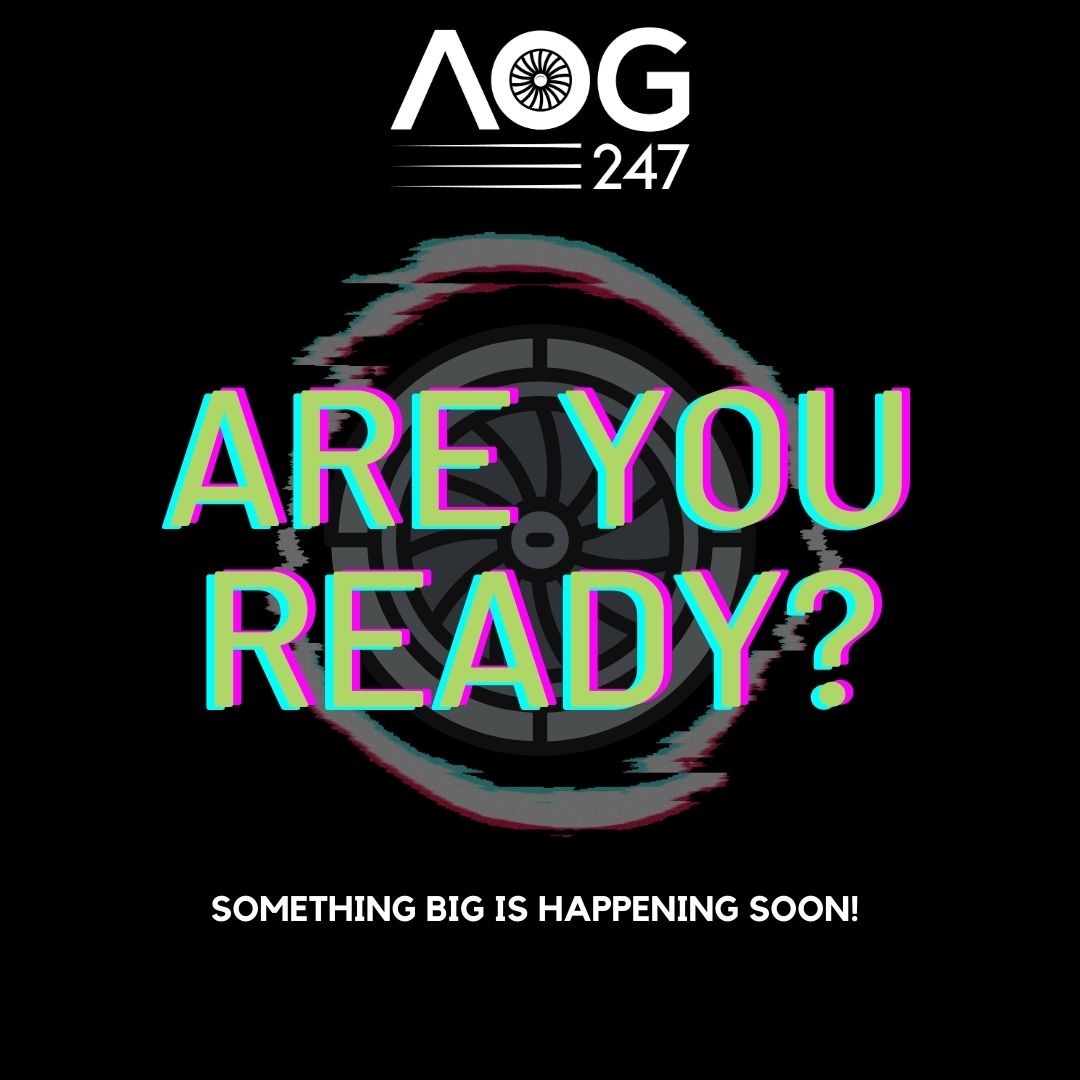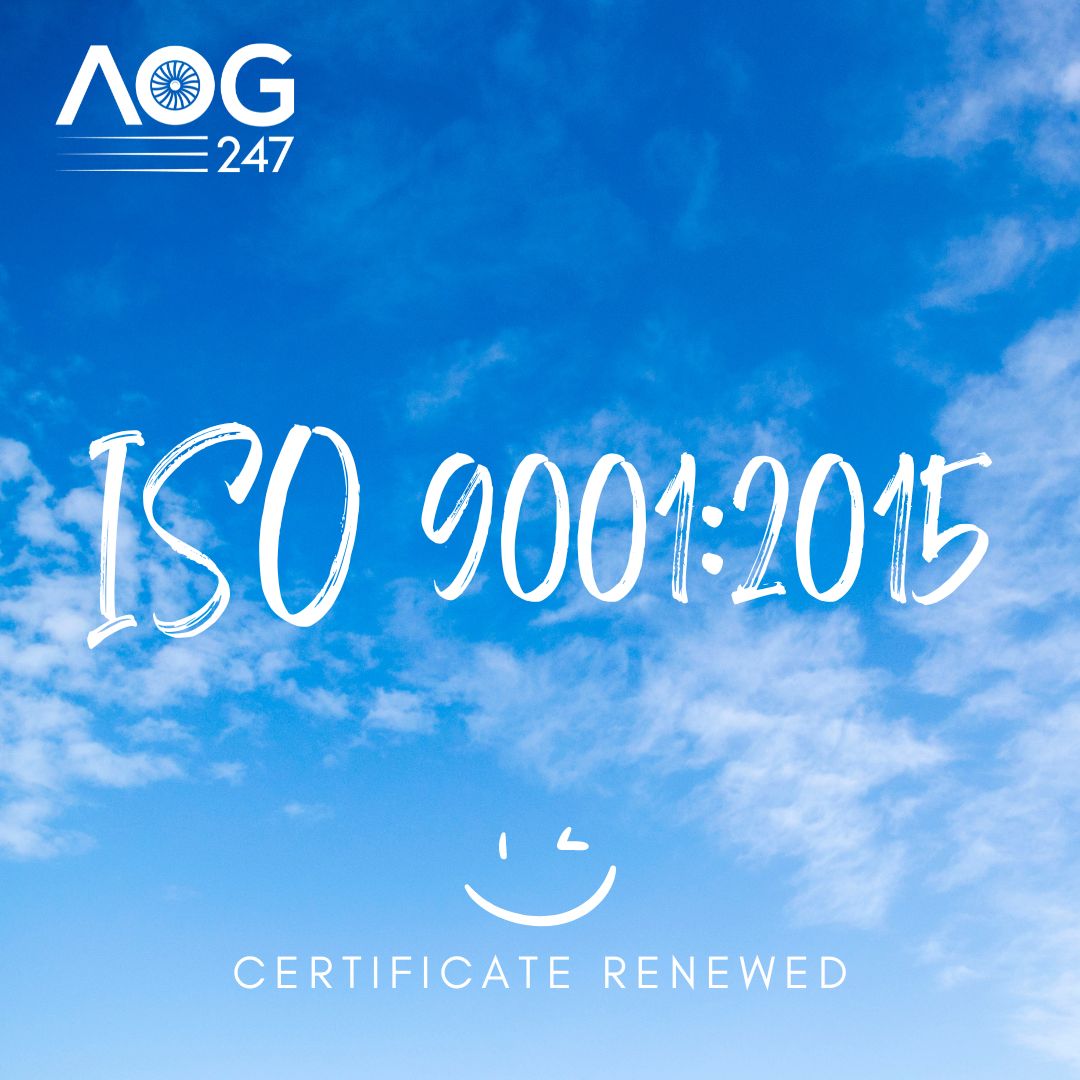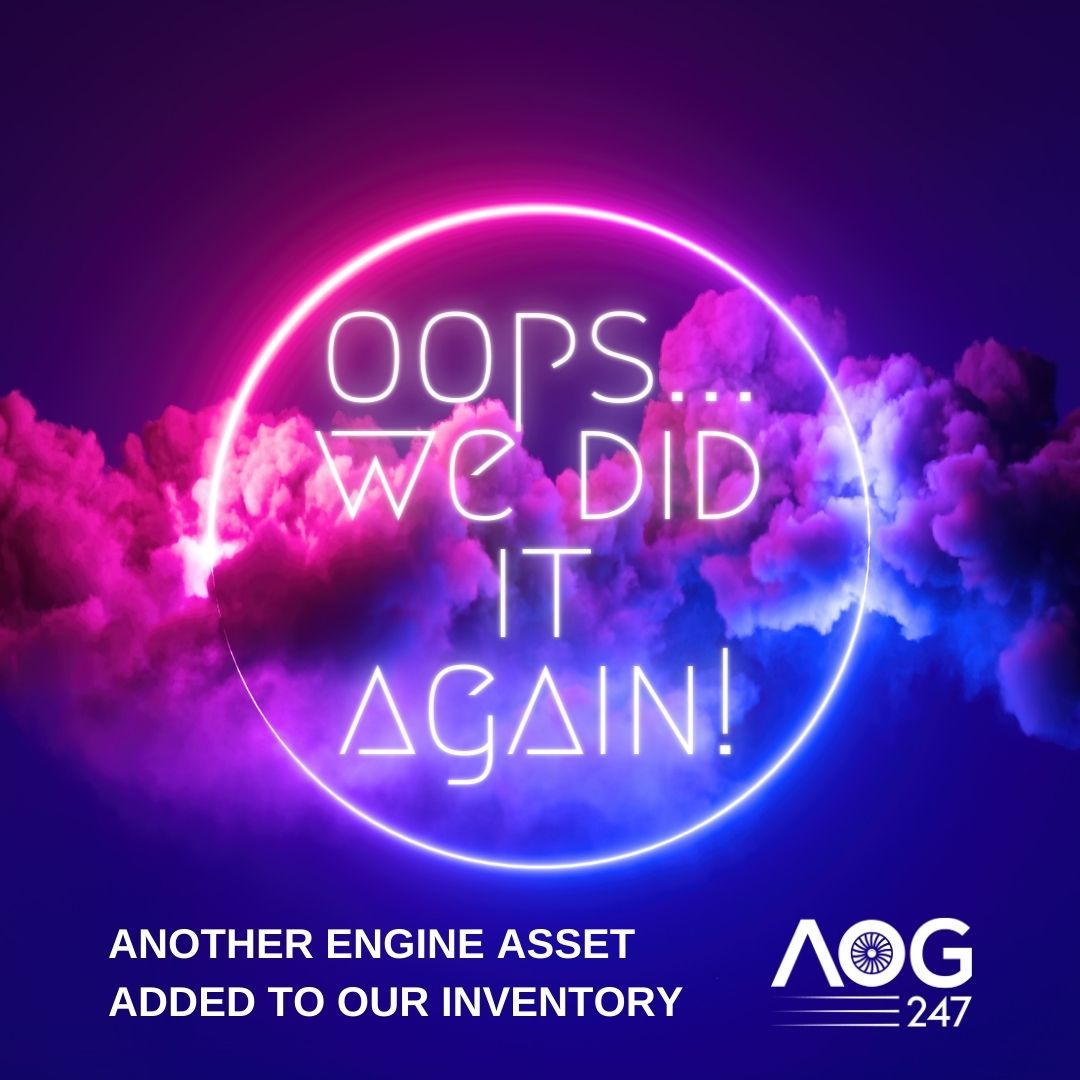The Scenario
A Lessor had recently deployed AOG-247 to overview an engine shop visit that was being performed by one of their Lessees. This was to ensure that the workscope carried out by the Lessee met their obligations in accordance with the terms previously agreed between both parties. The engine completed repair and the MRO shop visit records were provided to AOG-247 by the Lessor for review.
AOG-247’ Service
AOG-247 conducted a full review of the post-shop visit documentation, checking all areas of the paperwork for accuracy, including the AD status, LLP status, SB status, LLP back to birth trace, on-off logs and test cell results.
Following this review, AOG-247 discovered that a turbine blade had been installed that did not meet the build goal for the engine. AOG-247 had previously agreed the maximum threshold for turbine blade life with the MRO, although the MRO had not followed this agreement and only upon inspection of the post shop visit documentation was it identified that this was the case. The number of hours and cycles accumulated on the blade at installation did not conform to the soft life management program currently in place for this part and therefore AOG-247 recommended that the blade be removed from the engine and replaced with a suitable part at the expense of the MRO.
The Outcome
As a direct result of AOG-247’ documentation review, a premature engine removal for HPT blade deterioration was avoided at an anticipated cost of $870K.



